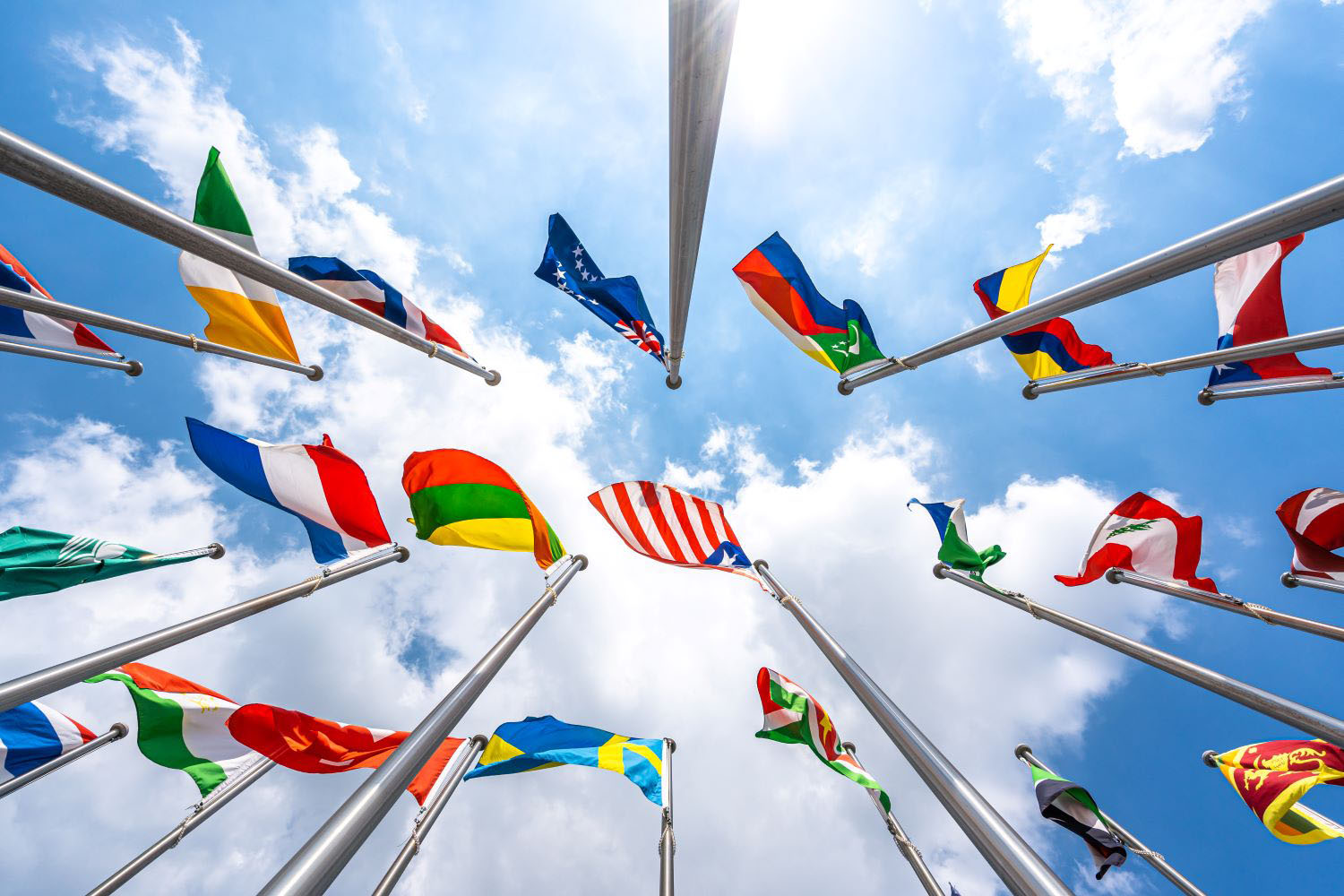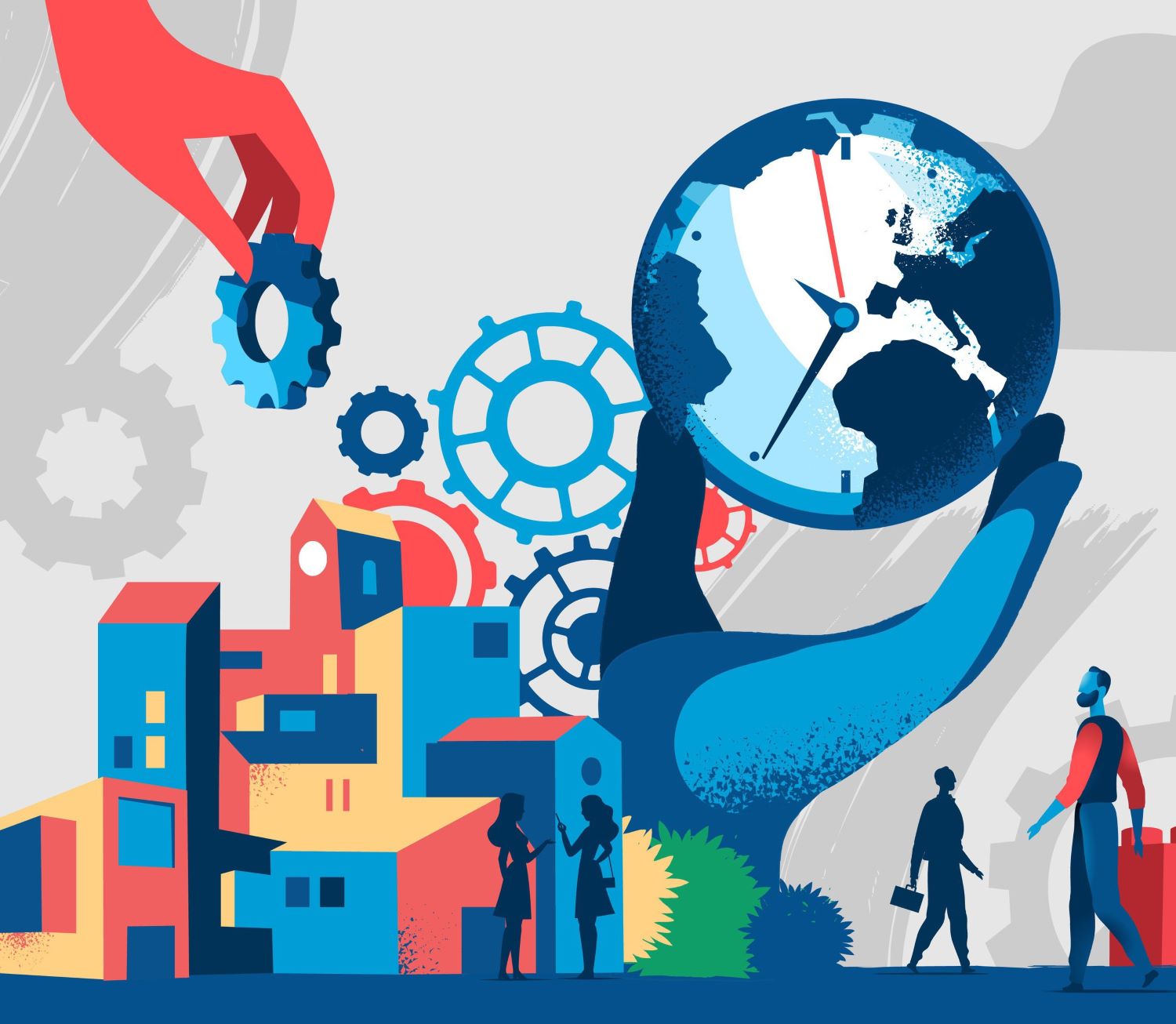Recommended
European policymakers are currently meeting in Brussels. Top of the agenda: controlling irregular migration from Africa. To make this work, here’s what they need to understand about the relationship between migration and development.
Today, European policymakers are meeting in Brussels for the 5th European Migration Forum. Top of the agenda will be Europe’s engagements in North Africa and the Sahel to deter (through development efforts), and counter (through security efforts), irregular migration. Yet the existing policies of most Member States will fail to meet these aims, and, even worse, ignore the reality of human mobility.
We’ll be taking part in the forum this year and will urge policymakers to take note of three critical facts. First, development aid alone will not deter migration. Second, the security focus employed by Member States is valid, but alone will not be effective. And third, to properly foster development and control migration, Member States need to implement constructive migration management programs like Global Skill Partnerships.
Development aid alone will not deter migration
The region of North Africa and the Sahel is one of the poorest and least stable in the world. It faces many economic and other challenges, including conflict, weak governance, poor education, inadequate infrastructure, and high youth unemployment. Europe’s continued focus on the region is constructive and realistic, as are its investments in development aid to address these issues.
For development aid to lead to long-term economic growth in the region, it must be targeted and delivered in the right way. If it focuses on long-term, sustainable interventions tackling unemployment and instability, it can ultimately contribute to reducing the pressure for irregular migration. However, if development interventions are focused on short-term “wins” based on a misguided understanding of what drives irregular migration, migration pressures will continue to build, unchecked and without sustainable development gains for African partner countries.
This appears to be the case generally with European interventions in the region. Root causes of irregular migration are complex, interconnected, and largely unknown. For many migrants it is an oversimplification to classify them as moving for purely “economic reasons.” Even the best-designed development aid will not address many of the causes that could contribute to a person’s decision to migrate.
Furthermore, successful development can increase migration in the short term. As an individual increases her income, she gains both the financial means and aspirations to migrate for better work, wages, and education opportunities. Development and migration are inherently linked; increased emigration can reflect and be a vehicle for increased development. And, over the long run, that development will create enough economic growth to push the community over the development curve to the point where migration pressures decrease.
European governments should continue delivering development aid in the region, but in pursuit of longer-term economic growth rather than short-term reductions in migration. The latter approach is unlikely to work, while the former will deliver more effective migration management and, ultimately, reductions in migration pressures over the long-term.
The security focus employed by European partners is valid, but not effective by itself
A number of European partners are also supporting security efforts in the region: strengthening borders, building the border management capacities of partner countries, and tackling smuggling and trafficking routes. This focus on improving regional capabilities and dismantling destabilizing criminal networks is imperative.
However, to be effective, these enforcement measures must be coupled with the creation of new legal migration pathways. Migration decisions are complex, and not made lightly—people are unlikely to be greatly deterred by additional enforcement hurdles. If anything, the evidence suggests that restricting legal migration pathways pushes people toward irregular migration—channels run by smugglers and criminal networks. Any attempts limited to just shutting down these networks is also unlikely to work, as new networks will emerge to meet demand.
Creating new lawful migration pathways, in concert with enforcement efforts, is the most effective way to reduce irregular migration and combat smuggling networks. Such pathways are safer for migrants and can be better tracked and managed by European authorities before, during, and after the migration journey.
To properly foster development and control migration, Member States need to implement constructive migration management programs like Global Skill Partnerships
One such lawful migration channel is a Global Skill Partnership, whereby potential migrants are trained in the country of origin prior to migration. This would allow European partners to shape the skills of arriving migrants to fit precisely the skills they need—nursing assistants, hospitality workers, construction workers, and more. Such programs also train non-migrants, and those participants develop new skills and reintegrate into local markets, providing a human capital gain to the origin country and supporting its development.
Global Skill Partnerships and related approaches directly address the important concerns that many European governments have about migration on current terms, where difficulties of skill level, integration, and security are widely reported. They can also help satisfy European governments’ development goals for the region: regulating migration and decreasing irregular flows, improving human capital through sustainable development, and ensuring longer-term economic growth.
The European Migration Forum is an opportunity for policymakers and thinkers to have a realistic, pragmatic conversation around migration pressures and the interventions that can facilitate development and reduce irregular migration. For these conversations to be fruitful, the migration-development relationship, and how irregular flows factor in, needs to be addressed with evidence and innovation.
Disclaimer
CGD blog posts reflect the views of the authors, drawing on prior research and experience in their areas of expertise. CGD is a nonpartisan, independent organization and does not take institutional positions.
Image credit for social media/web: Irish Defense Force






